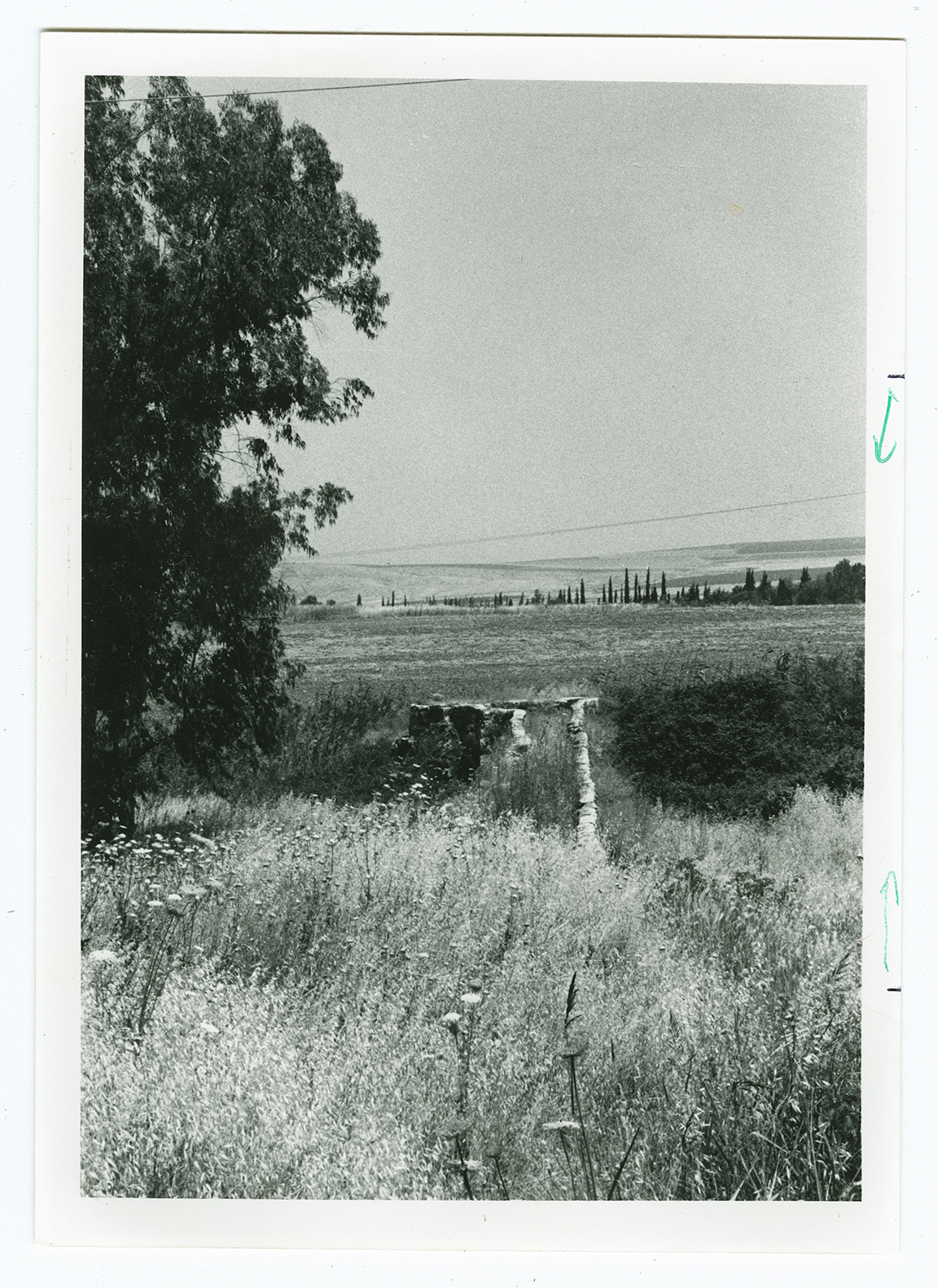The village was situated between the Jamma'in River (on the north) and Wadi al-Jawsaq (on the south), on flat terrain that sloped gradually towards the northeast, near the foot of the al-Faqqu'a Mountains (also known as the Jilbu' Hills). The spring of Ayn al-Jawsaq flowed 0.5 km south of the site, and a dam equipped with a water-powered mill stood about 0.2 km to the west. Tall al-Shawk was linked directly to Baysan by a secondary road; dirt paths connected it to neighboring villages. It had a rectangular plan. Its inhabitants were Muslims. In 1944/45 a total of 33 dunums of what was left of village land was allocated to cereals; 14 dunums were irrigated or used for orchards. As its name suggested, the village was built on a mound in which traces of earlier buildings were visible. The nearby Tall al-Shaykh Humud (192211) had granite columns on its surface.

